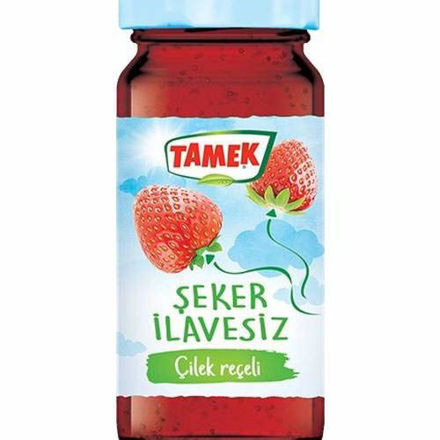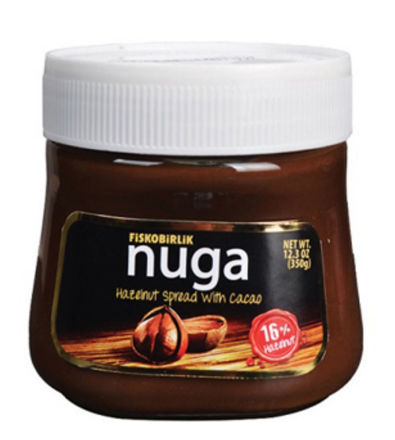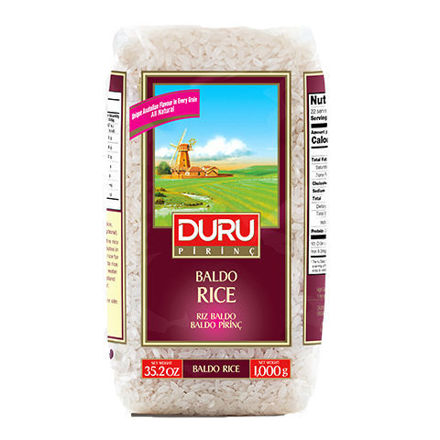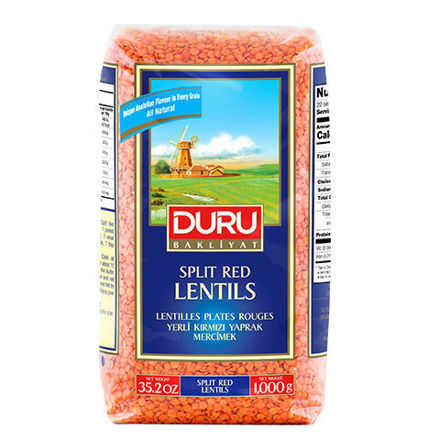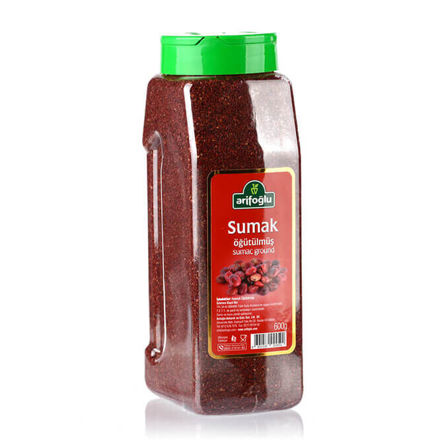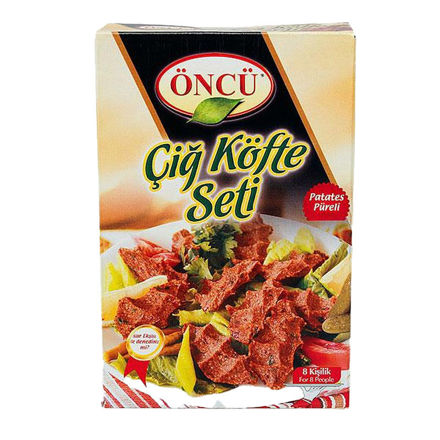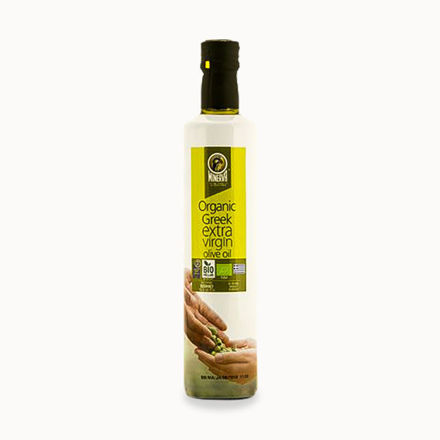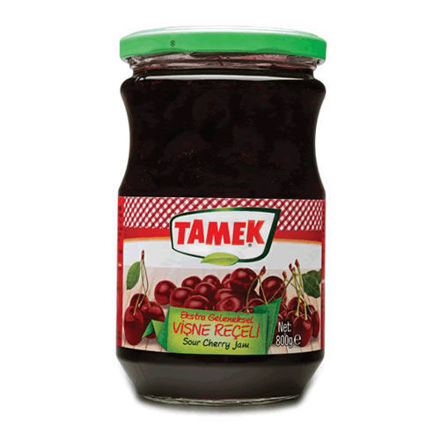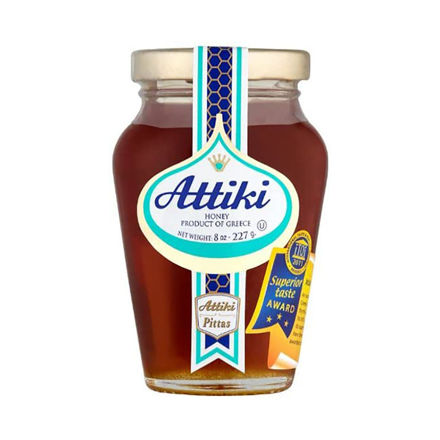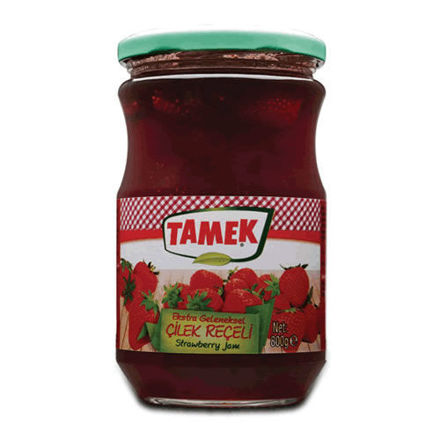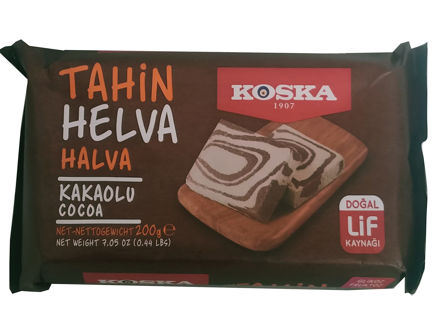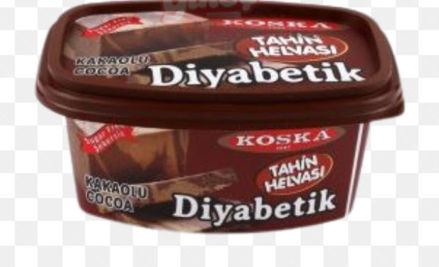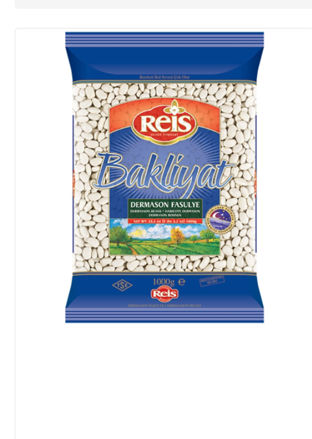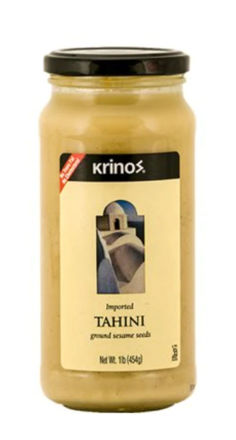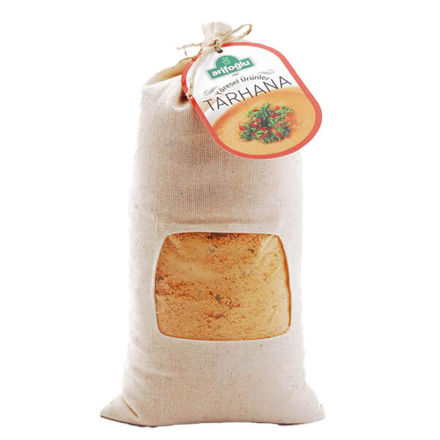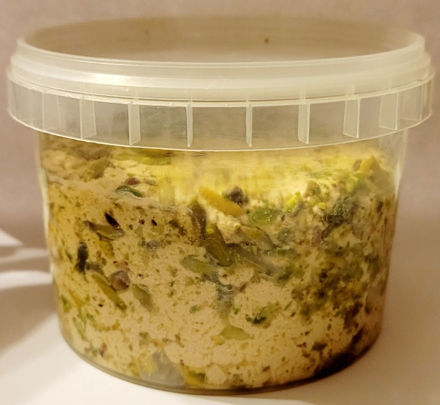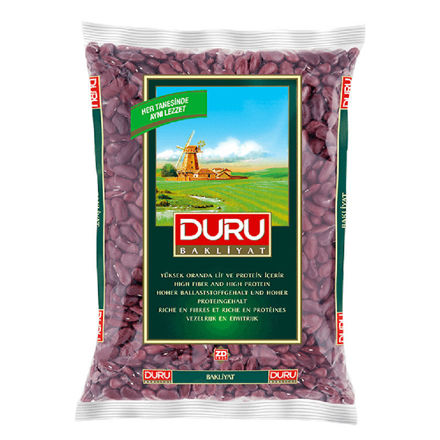Pantry
FISKOBIRLIK HAZELNUT spread with cacao + %16 HAZELNUT
$8.99 $11.99
Baldo rice is assumed to be the best quality type of rice grown in Turkey. Baldo rice, grown in Balıkesir Region of Turkey, is commonly used in pilafs. Despite its superior taste compared to other type of rice, baldo is hard to cook and adjust its water to rice ratio. In baldo rice, Duru only packs Turkish baldo and do not pack imported baldo rice.
$9.99 $11.99
Red split lentils are obtained by peeling the outer shell of the raw lentil, breaking the grain in half and then oiling the inner lentil using cottonseed oil. Its consumption is very common in Turkey and South East Asia. Duru only packs lentils grown in South East region of Turkey.
$9.99 $10.99
There are many reasons why traditional Turkish cuisine is so appreciated all over the world. Details such as the combinations of ingredients used in cooking, cooking techniques and indispensable cooking sauces make Turkish dishes to be liked by everyone. However, the most magical parts of Turkish cuisine are the hidden spices. The reason why Turkish cuisine is loved all over the world is because of the secret herbs and spices that make up the delicious flavors. Not only do we get a wonderful aroma, these condiments are super beneficial to our health. Here are the most popular herbs and spices you can taste in Turkish Cuisine.
$9.99 $11.99
There are many reasons why traditional Turkish cuisine is so appreciated all over the world. Details such as the combinations of ingredients used in cooking, cooking techniques and indispensable cooking sauces make Turkish dishes to be liked by everyone. However, the most magical parts of Turkish cuisine are the hidden spices. The reason why Turkish cuisine is loved all over the world is because of the secret herbs and spices that make up the delicious flavors. Not only do we get a wonderful aroma, these condiments are super beneficial to our health. Here are the most popular herbs and spices you can taste in Turkish Cuisine.
$9.99
There are many reasons why traditional Turkish cuisine is so appreciated all over the world. Details such as the combinations of ingredients used in cooking, cooking techniques and indispensable cooking sauces make Turkish dishes to be liked by everyone. However, the most magical parts of Turkish cuisine are the hidden spices. The reason why Turkish cuisine is loved all over the world is because of the secret herbs and spices that make up the delicious flavors. Not only do we get a wonderful aroma, these condiments are super beneficial to our health. Here are the most popular herbs and spices you can taste in Turkish Cuisine.
$9.99 $11.99
A great tasting all purpose seasoning made from a special blend of the finest vegetables, herbs, spices and select natural ingredients.
$9.99 $10.99
Considered sacred in Greece, the olive tree is the first known cultivated tree with roots tracing back to 600 BC in the Mediterranean. A staple in every Greek household and a core part of the acclaimed Mediterranean Diet, Greek Extra Virgin Olive Oil (EVOO) is one of the most heart-healthy fats one can consume. Those who prize organic products will appreciate our organic EVOO. Minerva Organic Greek EVOO is prepared in strict compliance with organic farming standards: from the small family owned growers who cultivate and tend to the olive trees through the cold-pressing of the precious oil. We test our EVOO at Minerva laboratory, one of the 7 laboratories accredited by the International Olive Council. Thanks to Greece’s bright sunshine, sea breezes and rich soil, our organic EVOO has the pleasant aroma of freshly-cut olives, with an intense fruity flavor and a peppery finish. This versatile olive oil is ideal for drizzling on salads, vegetables, pasta, chicken, fish or seafood. A great substitute for butter or margarine, savor with warm bread or on corn on the cob.
$9.99 $13.99
Tamek Jams, preventing many diseases as the nutritious source of strength and energy, are sweet guests of our houses with wide range of products. Jams and Marmalades, which are head crowns at our breakfast and indispensable complementary of our desserts, carry the health and taste obtained from the fruits to our tables. You can set excellent tables and make great desserts for your children and the family.
$9.99
ATTIKI Classic Honey has been the favorite Greek honey across the world since 1928. It's familiar and awarded flavor, is a combination of premium selected Greek honey varieties from wildflowers, herbs, forest and thyme collected from all over Greece.
$9.99
Tamek Jams, preventing many diseases as the nutritious source of strength and energy, are sweet guests of our houses with wide range of products. Jams and Marmalades, which are head crowns at our breakfast and indispensable complementary of our desserts, carry the health and taste obtained from the fruits to our tables. You can set excellent tables and make great desserts for your children and the family.
$9.99
KOSKA cacao halva is a traditional Turkish dessert made from tahini and white sugar prepared by crushing the best quality sesame in special stone mills, with the experience of craftsmanship since 1907. With its filling, nutritious, healthy and energizing properties, it has been a preferred dessert for different reasons for centuries. It is a dessert preferred by those who prefer to consume a healthy dessert, athletes who need energy, young people, expectant babies, breastfeeding and mothers with growing children.
$9.99 $12.99
Ingredient : Tahini 52% (contains sesame), sweeteners (sorbitol, isomalt), cacoa (2,3%), soapwart extract emulsifier (E471), gypsum extract, acidity regulator (citric acid), flavoring (vanillin) cacoa and Sesame Seed
$9.99 $13.99
White kidney bean is a kind of Turkish bean whose grain color is white and whose grain shape is kidney. This type of bean is mid-sized with a caliber of 8 mm and is grown in Karaman and Konya provinces of Turkey which are famous for the superior flavor of a bean. Another difference of this region’s bean is that they do not release shells when cooked. White kidney bean is the most common type of bean that is consumed in Turkey.
$10.99
Tahini can be used as a spread, a dip, a dressing, and serves as a key ingredient in many dishes, including hummus and baba ghanoush.
$10.99 $12.99
Tarhana is a traditional, spicy Turkish soup common throughout Anatolia. It is also the name for the dry pulse made from a fermented mixture of plain yogurt, flour, and vegetables that are used as a base for the soup that is a staple in many parts of Turkey. It is prepared by mixing the desired amount of crumbled tarhana with boiling water, milk, butter and spices and cooking it over a low flame.
$11.99 $13.99
The homeland of red beans, which has a history of 8000 years, is Peru. Red beans, which are found in many culinary cultures, especially in American and Indian cuisines, are produced and consumed in many countries today. It contains high protein, fiber, iron, phosphorus and potassium.
$12.99 $13.99
Min: $0.00 Max: $70.00
$0 $70

















